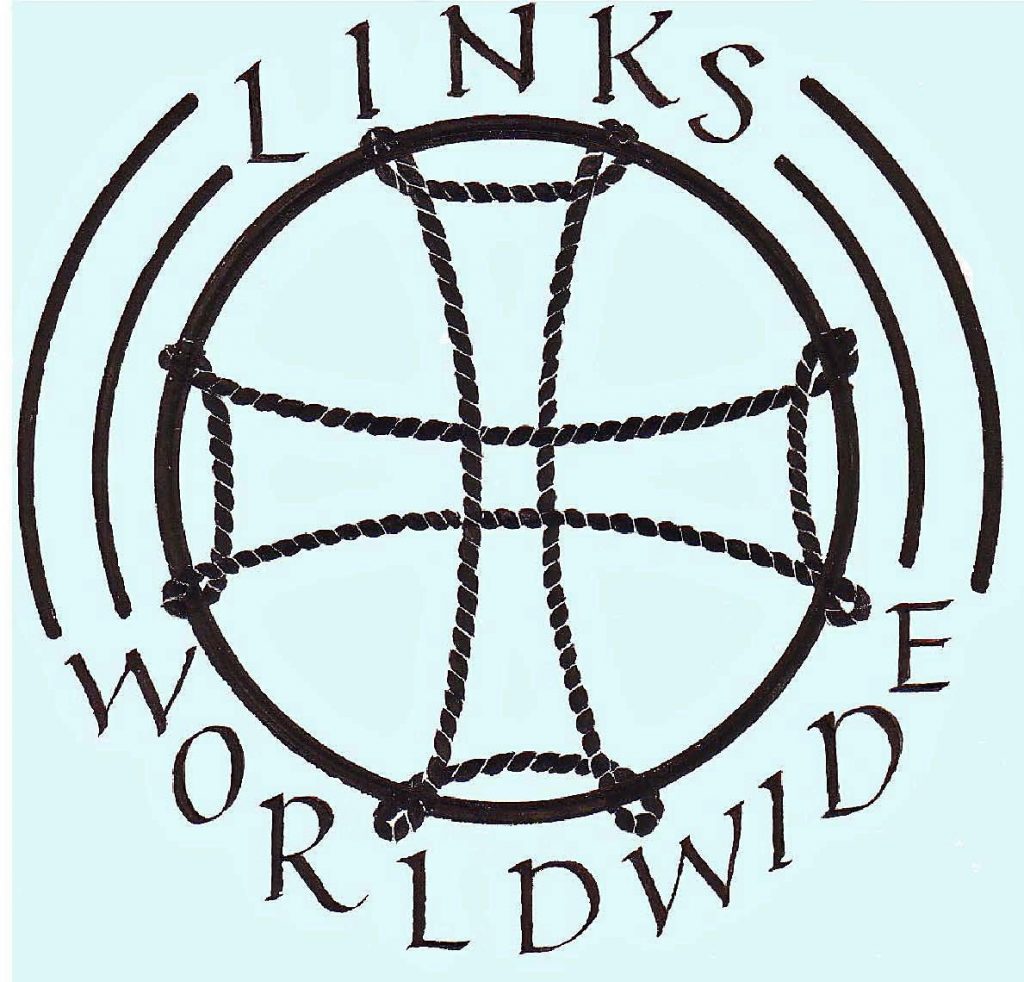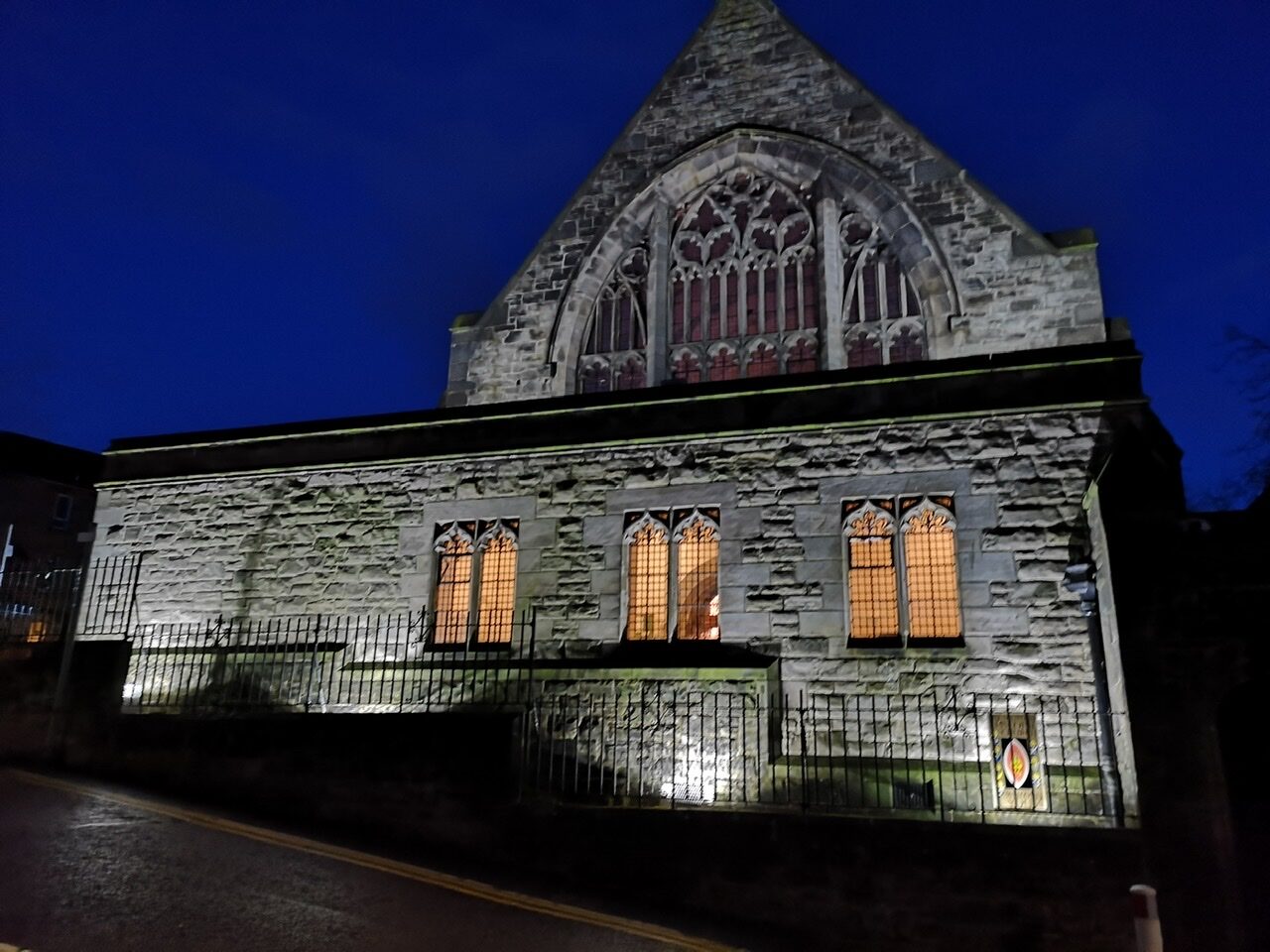SECMA was first founded in 1875 at the behest of the Board of foreign missions – a ‘ladies’ committee for the purpose obtaining funds and circulating information through diocesan and Congregation Ladies’ Committees , and for the purpose of forming and aiding work parties.’ It was named the Church Women’s Association .
The work parties produced garments ‘to helo clothe the naked’ and they raised funds to help purchase any necessary item requested by the priest on site. Ie hymn bools magic lanterns , vestments and altar linen. All these items were sewn into large canvas bags and sent by sea.

At this time the Scottish Episcopal Church restricted itself to three fields of mission
The diocese of St. John’s Kaffraria South Africa,
Chandra mission near Nagpur in South India ( Holy Trinity was to hear much of this Mission in later years)
and British Columbia
The name was changed in 1922 to Christian Women’s Missionary Association and it was by this name I was familiar with it under the leadership of Mrs Stevenson in the late 50s early 60s. (see the Reid stained glass window with the theme of Discipleship near the lectern). Mrs Stevenson and her group of ladies worked tirelessly for the association and kept us all informed of their work making altar linen etc to go to the missions and of course the fundraising. Mrs Stevenson was also a fund of information about the early history of Holy Trinity. One of the stories that causes me to remember her often was that the ‘Sunday carriages’ would be parked around Viewfield Gardens and be brought round to the front of the church for the families to ‘alight’ and so they do now though the ‘carriages’ are somewhat different !!!!
(As an aside when I was researching another subject I discovered that the large house now in flats was originally built for James Blackwood, Provost of Dunfermline in around 1808 and had extensive Gardens.. Could Miss Blackwood of the Trust we hold be a relation of Provost Blackwood or is that just a coincidence?).
It was in 1962 that the profile of The Christian Women’s Association was raised at Holy Trinity in a very personal way. Jean the daughter of the then Rector the Rev, Canon Denholm, her husband The Rev. Malcolm Wilson Rector of St Augustine’s Dumbarton and their small daughter, Catriona went to The Scottish Episcopal Church Mission in Chanda (now Chandrapur) India. Holy Trinity’s main methods of support were prayer and fundraising.. The Wilsons returned in 1963 where Malcolm served at Holy Trinity assisting his father-in-law as Curate.
In 1987 then name of the Association changed to the current one Scottish Episcopal Church Mission Association (SECMA) and it was then that men were admitted to membership for the first time, Although it is noted that there were several stalwart male supporter s for some time before that!
Now as now as in 1875 there is a system of 7 Dioceses with each diocese having two Representatives and Correspondents but now there is an Honorary Treasurer and a Provincial Secretary and this forms the decision making Committee. The Diocesan Representatives and Correspondents are supported by a network of Church Correspondents – currently at Holy Trinity, Fay Cuthbertson.
Relief of poverty takes many forms, in many cases, helping children to gain an education – a vital tool in preventing poverty in the future. In other situations providing funds to build ie a piggery or poultry unit helps to provide employment and food in the short term.
Reports on all projects can be read in the SECMA magazine that is available twice yearly. Please do have a browse through it. Wherever possible projects are chosen where it is possible to maintain a direct link. Perhaps someone in the UK has worked abroad and knows the area in question or someone who travels regularly to the area.
If you know a project that would benefit from SECMA’S help start the process by an informal discussion with the SECMA secretary .
SECMA raises some funds by the sale of used postage stamps. If you can help with this please cut the stamps from the envelope or parcel leaving at least a half inch around the stamp taking care not to damage the stamp. I will be pleased to receive them to pass to SECMA

